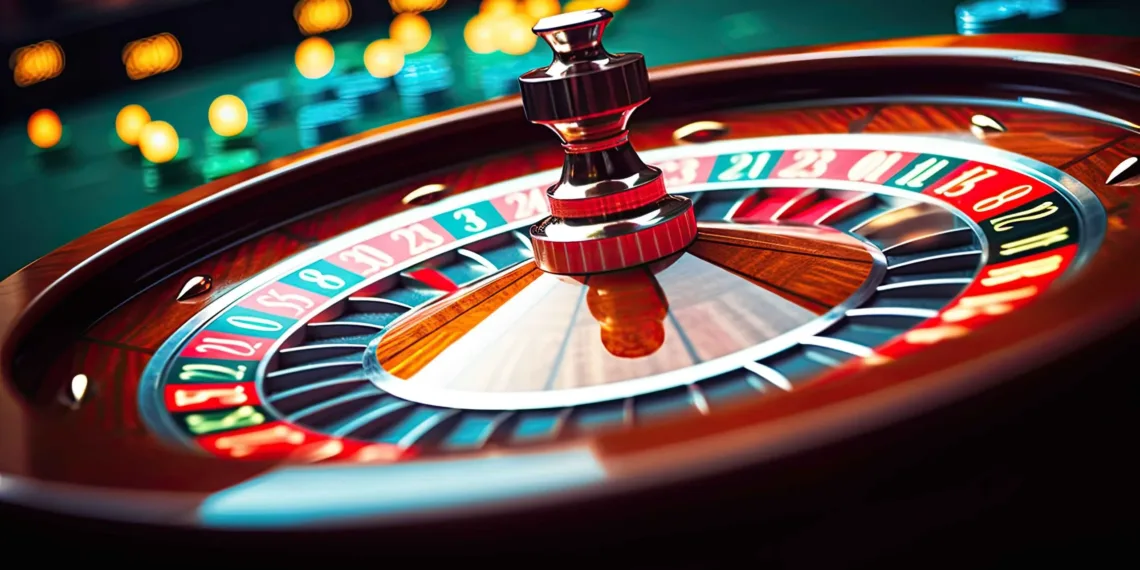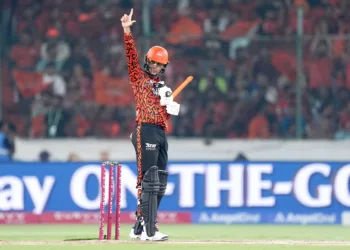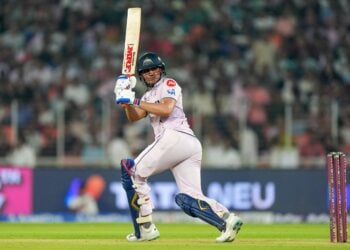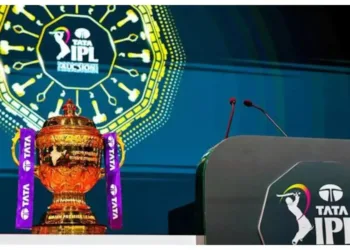Gambling is more than just the thrill of winning or losing. Gambling, the operating concept, has been essential in developing modern statistics and probability theory. This article uncovers the era that shaped gambling and the idea of odds to get to where today’s field of statistics stands.
Early Beginnings
Though gambling has existed for thousands of years, dice, cards, and other random-based games weren’t just prevalent in ancient civilizations, just like nowadays, when you can play games and bet live online. But at that time, people didn’t understand the math behind it. Others chalked it up to luck, fate, or whatever the gods will.
Despite the increasing popularity of gambling, people didn’t begin systematically studying how these games worked mathematically. Early mathematicians were driven to find patterns and try to develop models to predict the odds of some outcomes because, like everyone, they wanted to win and hadn’t figured out a board game that didn’t come with built-in patterns, so they didn’t know what the odds would be.
Probability Theory
In the 17th century, the mathematician Blaise Pascal posed a gambling problem to the French nobleman Chevalier de Mere. De Mere’s purpose was to find the probability of winning a certain dice game. When Pascal became intrigued, he began to correspond with another mathematician, Pierre de Fermat. They worked together to lay the basis of probability theory.
Their work resulted in the formulation of basic probability principles, such as the expected value and the average outcome of a random event. This was a great achievement since it directly offered a mathematical framework to understand and predict the results of uncertain events.
The Development of Statistics
As probability theory grew, it started expanding into statistics. Both fields were developed, however, in the 18th century by mathematicians such as Jacob Bernoulli and Abraham de Moivre. In random experiments, the law of large numbers says that as the number of trials in any random experiment increases, observed outcomes tend to get closer to the expected value. Modern statistics are based on this principle.
Statistical Methods and Gambling
As of today, the connection between gambling and statistics is still strong. The value of all games in casinos is sent through probabilities that keep a slight advantage for the house over the players. They act like professional gamblers and poker players who already know they don’t win by a stroke of pure luck but know how to rely on odds and probability to help them make the best decisions and increase their chances of winning.
Probability and statistics are used in virtually every field, including economics, medicine, and science, beyond casinos. Data analysis is a fundamental ability required to solve real-world problems, and mathematical theory developed for understanding games of chance provides the foundation for much of this ability.
Modern Applications
Probability and statistics are applied in countless ways today. The tools and techniques developed for the study of gambling have been indispensable in predicting weather patterns, analyzing medical data, and making many other predictions that modern science and decision-making rely on.
Probability theory is used to assess risk and make investment decisions worldwide. For example, finance, sports, and statistical analysis can be used to evaluate a player’s performance or a team’s strategy. For example, we need to use statistical methods to find the top 10 most valuable IPL brands in 2024.
Conclusion
Gambling and modern statistics were tightly bound up in the history of odds and probability. The relentless pursuit of understanding randomness and chance has motivated some essential mathematical advances, from ancient dice games to modern, sophisticated data analysis. Once confined to the library of gambling, probability is now used in scientific and statistical reasoning, and its decisions flavor almost any part of modern life.
Read more: LATEST: How to avail Nvidia GeForce Now in India for under Rs 1000 in 2024?









Reading about the deep connection between gambling and probability theory is fascinating! It’s incredible how the same principles that were once applied to dice games now influence major fields like finance and medicine. That’s also why I enjoy using the 4rabet app—understanding odds and probabilities adds a strategic element to betting, making it more than just luck. Have you ever applied probability theory to improve your bets? Would love to hear how others use statistics in gambling!